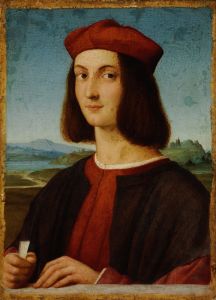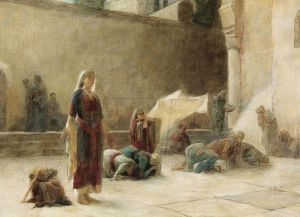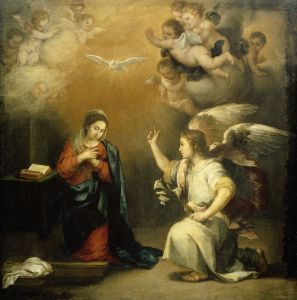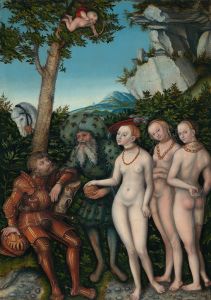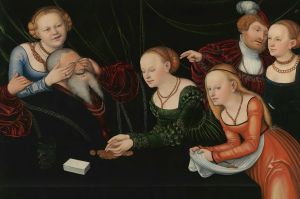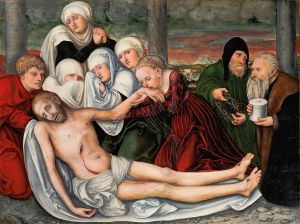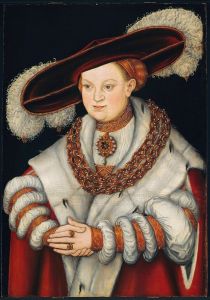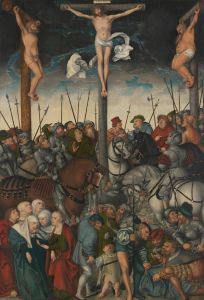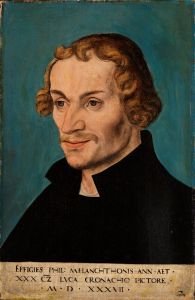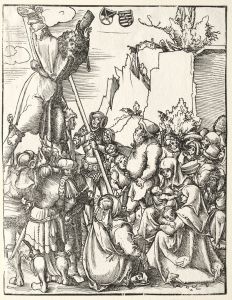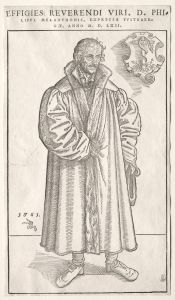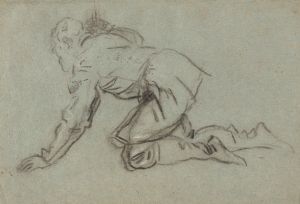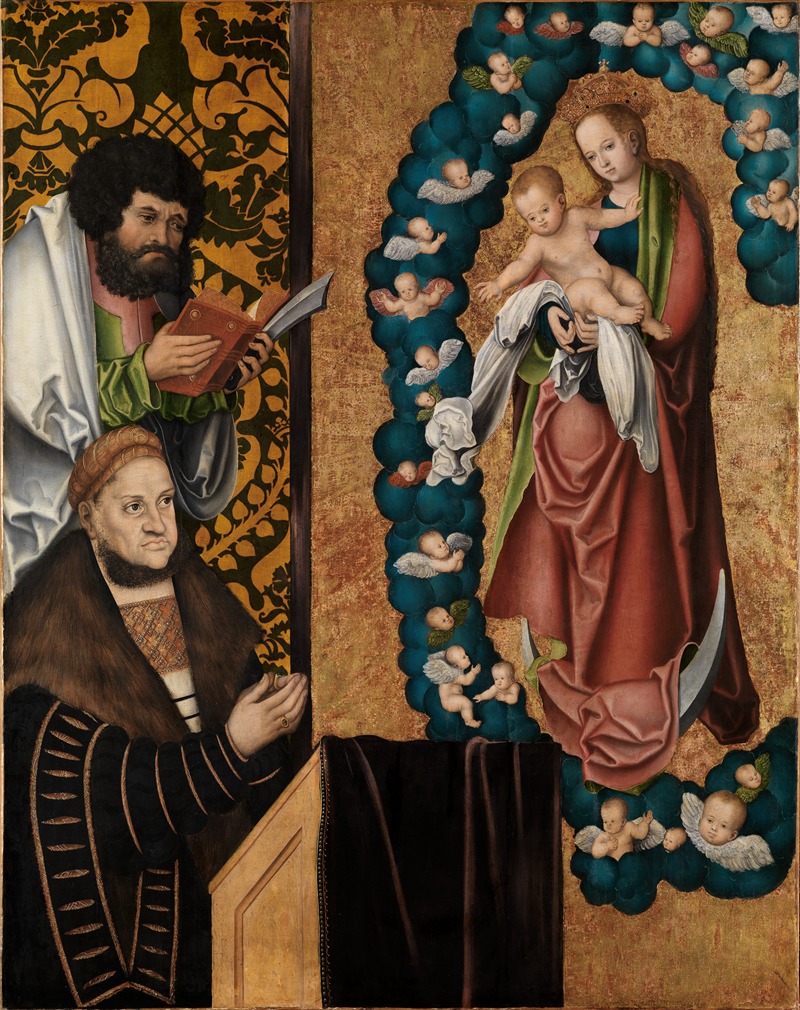
Friedrich der Weise vor Muttergottes
A hand-painted replica of Lucas Cranach the Elder’s masterpiece Friedrich der Weise vor Muttergottes, meticulously crafted by professional artists to capture the true essence of the original. Each piece is created with museum-quality canvas and rare mineral pigments, carefully painted by experienced artists with delicate brushstrokes and rich, layered colors to perfectly recreate the texture of the original artwork. Unlike machine-printed reproductions, this hand-painted version brings the painting to life, infused with the artist’s emotions and skill in every stroke. Whether for personal collection or home decoration, it instantly elevates the artistic atmosphere of any space.
"Friedrich der Weise vor Muttergottes" (Frederick the Wise before the Virgin Mary) is a painting attributed to Lucas Cranach the Elder, a prominent German Renaissance painter and printmaker. Cranach was known for his close association with the court of Saxony and his role as a key figure in the Protestant Reformation's visual culture. This artwork is believed to have been created during the early 16th century, a period when Cranach was actively producing religious and portrait works.
The painting depicts Frederick III, Elector of Saxony, also known as Frederick the Wise, kneeling in devotion before the Virgin Mary. Frederick was a significant historical figure, known for his support of Martin Luther and the Reformation, as well as for his role in protecting Luther after the Diet of Worms in 1521. In this artwork, Frederick is shown in a posture of humility and piety, emphasizing his deep Catholic faith prior to the Reformation's full development.
The Virgin Mary is portrayed holding the Christ Child, a common motif in Christian art that symbolizes her role as the mother of Jesus and her intercessory power. The composition reflects the religious devotion of the time and the importance of Marian imagery in pre-Reformation Germany. Cranach's style is evident in the detailed rendering of the figures and the use of vibrant colors, which were hallmarks of his work.
This painting is significant not only for its artistic qualities but also for its historical context. It provides insight into the religious and political climate of early 16th-century Saxony, as well as Frederick the Wise's personal piety. The artwork is also an example of Cranach's ability to combine portraiture with religious themes, a skill that made him one of the most sought-after artists of his time.
The current location of the painting is not definitively documented, and further details about its provenance remain unclear. However, it is often discussed in the context of Cranach's broader body of work and his contributions to Renaissance art in Germany.





